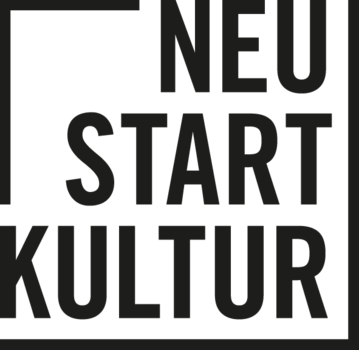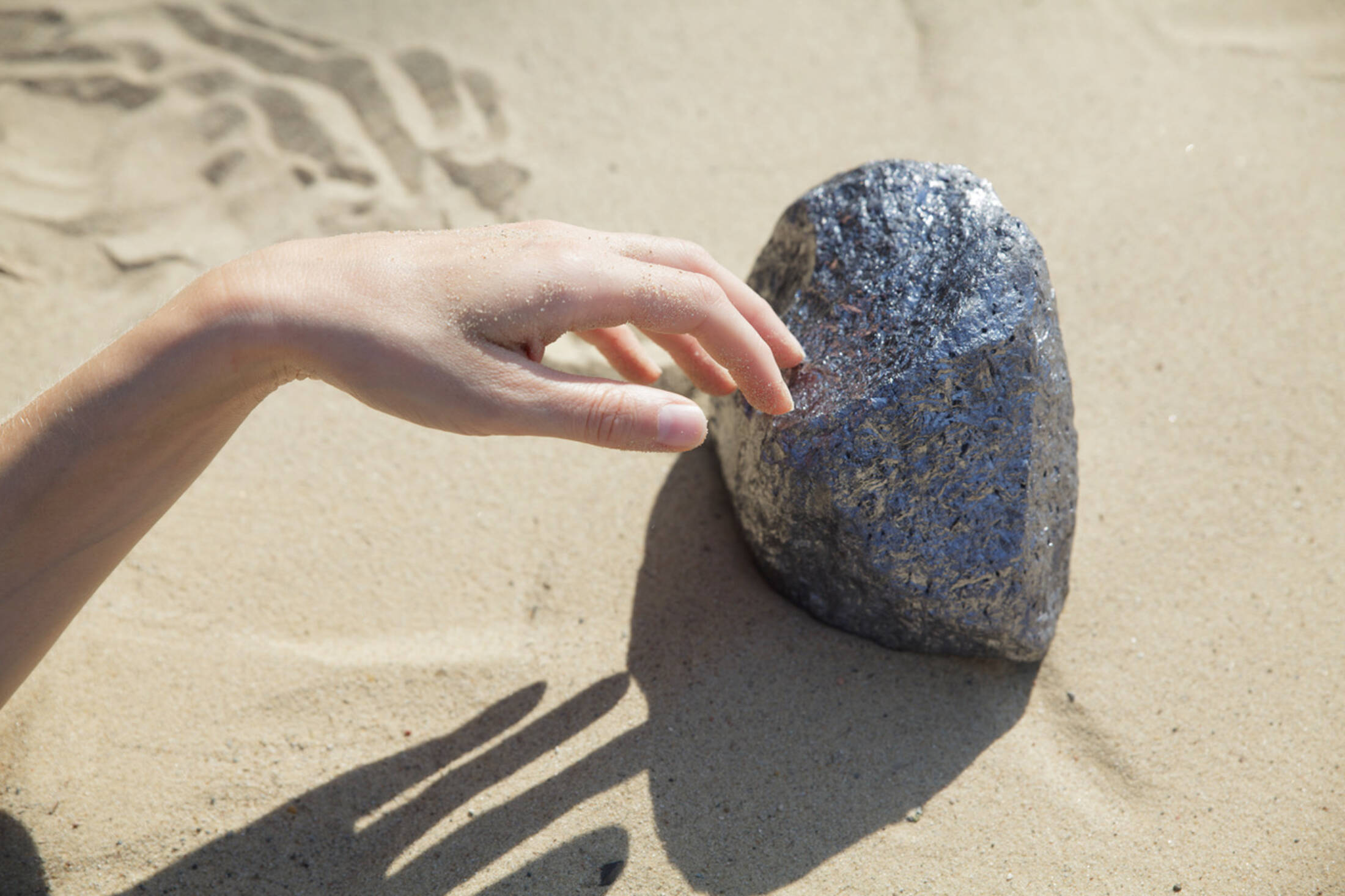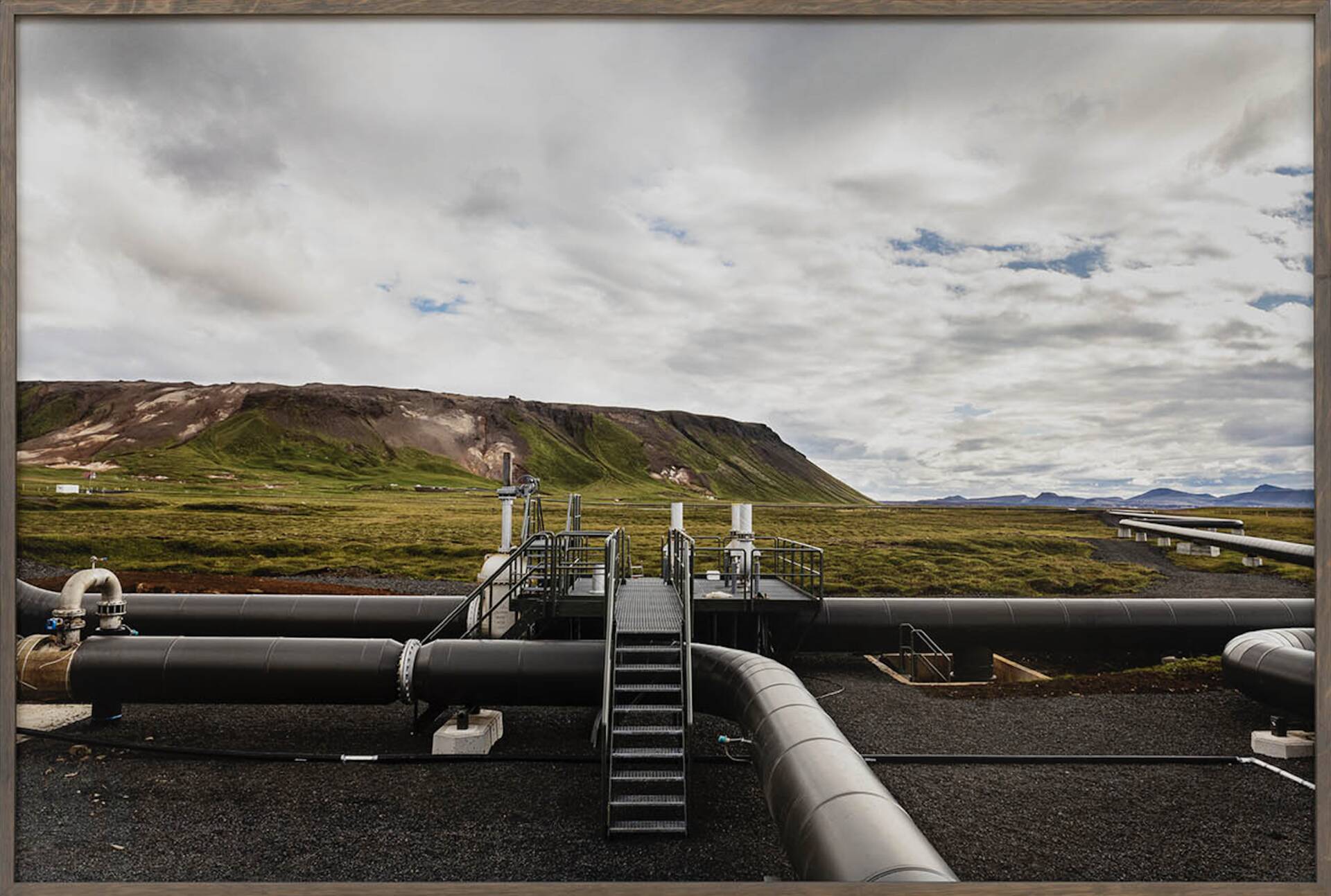Scharaun invites to the exhibition
Hulda Rós Gudnadottir
S-I-L-I-C-A-0-1
Artist Talk
Wednesday, June 22, 2022 at 6pm
Hulda Rós Gudnadóttir will speak with Cassandra Edlefsen Lasch and invited guest and solar engineer, Brian Edlefsen Lasch, on the intricacies of material processing and perspectives on how to view these subjects through the artist’s lens. The artist talk will be held in English inside the exhibition S-I-L-I-C-A-0-1 at Scharaun.
The exhibition is open that day from 4-9pm.
Exhibition from May 1 - June, 26 2022
Open by appointment through info@scharaun.de
Hulda Rós Gudnadottir mobilizes the viewer to embark upon a personal journey through their own imagination and experiences, where the past, present and the future accommodate possible new realities.” - Gallerist Gudny Gudmundsdottir in Swimming Pool Troubled Waters catalogue
> With the S-I-L-I-C-A-0-1 exhibition at Scharaun, the artist takes off from her previous project Keep Frozen and teases out a first instance from a new long-term research project where she dives into the world of a global corporate manufacturing process.
Never before in the history of the world has there been as much traffic on the oceans. Following ancient streams previously dominated by sea mammals and later traders and settler colonialists, ocean transport takes over natural pathways while also following colonial patterns. With this reference as a groundwork for her research-based practice, Hulda Rós Guðnadóttir brings a profoundly human perspective to the abstract processes of extractivism, bringing its complexity to the forefront while bypassing simplistic marketing used by global power players. The photographs (80 x 120 cm in size) are part of long-term research on the manufacturing of solar cells, which includes the extraction of silicon dioxide and coal, the monoculture farming of Eucalyptus trees, and the extraction of hot water as geothermal energy. As part of her process, hundreds of raw format photographs and video clips shot on location in Australia and Iceland are ciphered through and selected based on patterning, colour, and shape, bringing further nuance to the visual reality of extractivism.
Large scale patterns are highlighted, connecting them to the deep temporality of the actions at hand. Disparate themes, elements, and forms create a narrative contrasting with surface investigations of these topics in a manner akin to Otobong Nkanga’s research into the complexities of resources and the stories we tell about the human-culture relationship and John Akomfrah’s broad visual connections made across media, time periods, and geographies. New affinities emerge, reconsidering notions of what has been labelled green (geothermal and solar) and non-green (fossil fuel, coal, gas emission, water use) energies and how the process is a manifestation of massive transportation of raw materials and products that crisscross around the globe: a vital part of the manner of manufacturing today.
This first exhibition teased from the new S-I-L-I-C-A research project includes a video loop of clips from the production of a feature-length film currently being developed that allows the viewer to concentrate along with the artist on specific details of film research. As opposed to remaining within the sequence of the film, the video loop itself is extracted, reminding the viewer of their role as a by- stander observing the material through the mechanics of the camera lens. A result of a collaboration, (with choreographer Margret Sara Gudjónsdóttir, dancer Karolina Ginman, camera by Oliver Lechner, and compositions by Gudny Gudmundsdóttir) the video loop experiments with making the body cen- tral to this discourse. Uprooting the foundations of the environmental movement which sees nature as a separate, unspoiled entity that humans must reconnect with in order to save from their own exploita- tion, the body is presented here as an organism with ambiguous inner and outer boundaries in constant interaction with many environments. Considering the body as the site in which we experience nature in all of its manifestations, whether as flower, mobile phone, or factory, rather than nature as an abstract hyperobject, brings awareness to the visual symbiosis that underlies the entire research: whatever is tangible in our surroundings can be thought of as a positive. As a visible form, these positives, like a positive in an image, call for a negative. That negative is often a hole in the earth’s crust. Nature, even when it appears as artificial, is not possible without extracting raw materials from nature.
Among Icelandic artists, Gudnadóttir adds to a tapestry rich in considerations of the Icelandic landscape and its representation. What is unique about her research is that it is social anthropology, highlighting Iceland’s colonial past and placing it in the context of global patterns of extractivism, while pushing the ideology of contemporary environmentalism beyond simplistic marketing and allowing the viewer to rest inside the image itself, embodied as a site of ‘environment.’
Text: Erin Honeycutt
Choreography: Margrét Sara Guðjónsdóttir
Dancer: Karolina Ginman
Camera: Oliver Lechner
Sound: Gudny Gudmundsdottir
Post-production: perDU.film
Printing and framing: d'mage
Opening reception:
3pm - 9pm on Sunday, May 1, 2022
Scharaun
Jungfernheideweg 4
13629 Berlin-Siemensstadt
U-Bhf Siemensdamm
info@scharaun.de
Mit freundlicher Unterstützung von

LAUNASJODUR ARTISTS'
LISTAMANNA SALARY FUND

